- Call us: 01444 237070
- Contact Us
- Stores
- Sign In / Register
-
- Back
- Used Cameras
- Used Accessories
- Used Lenses
- Used Video
- Used Film Equipment
- Used Stock Alert
- Used Blank Test
- Sell or Part Exchange
- Used Clearance
- Recently Added Used Equipment
- Park Picks
- All Used Black Friday Deals
- Faulty
- Trade-In
- Blog
- New in
- Call us
- Contact us
- Stores
- Sign in
- Categories
- Tips & Inspiration
- Reviews
- News
- Events
- Features
- Buying Guides
- Competitions
Choose the Best Macro Photography Lens
When it comes to macro photography, choosing the best lens is one of the biggest elements that will make a difference in the quality of your photography.
While there are many advice guides and articles on the web about methods, tricks and tips, and other techniques for shooting macro photography, this blog just aims to help you choose your best lens - head over to our Camera Lenses Explained page for our full guide to buying lenses.
In choosing a macro lens, there are a few things you need to consider:
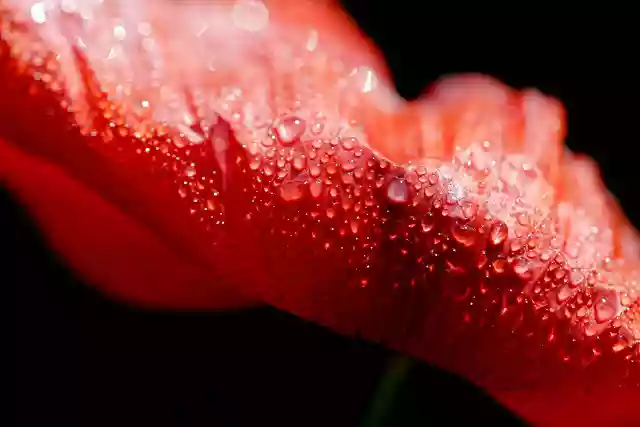
Price
First and foremost, when choosing a macro lens you need to consider your budget. There are plenty of options of lenses for macro photography out there, for whatever make, model, or size of camera you have.
If you’re on a budget, you’ll likely be looking for a more general-purpose lens that is built to have macro capabilities. This means that, although you’ll still be able to shoot beautiful macro photos, the lens won’t be as high quality as a dedicated macro lens because it’s also designed to fulfil other functions.
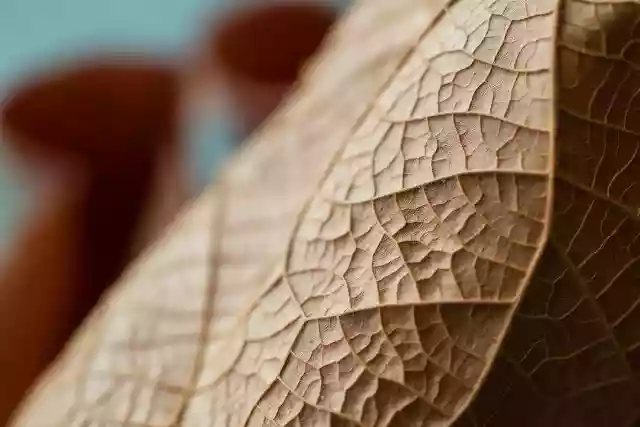
However, if you’re able to splash out a bit, you can pick up a lens that is built solely for macro photography, or a high quality lens that has advanced macro capabilities. For those with DSLR cameras, particularly Canon and Nikon users, you’re blessed with a wide choice of lenses, ranging from entry-level macro lenses to superior lenses.
For mirrorless camera users, you have the option to use DSLR lenses or other manufacturer lenses with an adapter, or you can opt for an own-brand lens, such as the Canon EF-M 28mm f/3.5 macro lens with built-in macro lights on the front of it.
Focal Length
Choosing the best focal length for your macro photography ties in with what your budget it. If you’re going all-out then you should be looking at a prime lens of anything from 50mm to about 200mm – there are some truly beautiful prime macro lenses available.
However, if you’re just getting started in macro photography and want to try it out before you make a considerable investment, it’s worth looking at zoom lenses that also have macro abilities.
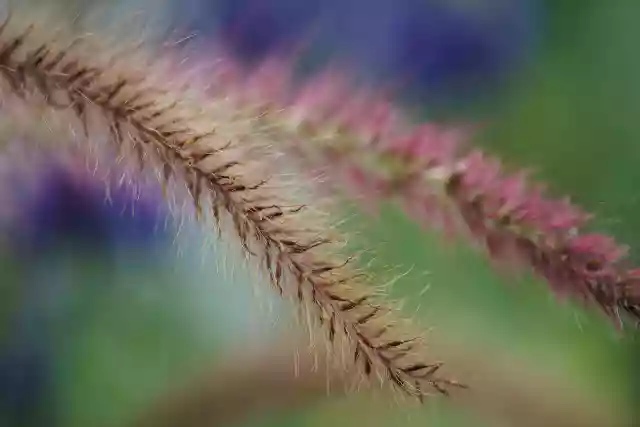
As with all lens choices, the shorter the focal zoom length, the higher quality the lens will be – the less you ask of a lens, the better it can do that thing.
Macro photography traditionally tends to be shot at focal lengths of about 80mm, 100mm, or 150mm.
Although, your subject matter of choice may dictate what lens you opt for. For example, if you’re shooting staged macro sets – things you can control, then you can go for a prime lens or shorter focal length, but if you’re shooting butterflies, insects, and the such like then you’ll likely need a longer focal length so you don’t get too close and scare them off.
focusing Distance
The minimum focusing distance is what makes a macro lens a macro lens. Any lens can technically be a macro lens if it has a life-size reproduction ratio (1:1) and a short minimum focusing distance.
If a lens can’t focus on something close up – it’s likely to be fairly useless as a macro lens.
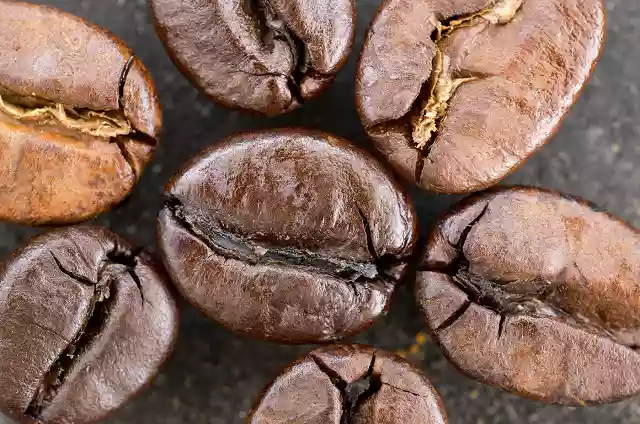
So when choosing your lens, make sure you look at the minimum focusing distance specified by the manufacturer. The shorter this is, the better the lens as the closer you’ll be able to photograph objects.
Obviously, the higher quality lenses will have shorter distances, but entry-level lenses can also come with very short distances.
Additionally, the longer the lens, the longer the minimum focusing distance is likely to be, which is why for really close up macro photography, a focal length of 80mm or 100mm is ideal.
Other Considerations for Macro Photography

Tripod
The generally accepted rule with macro photography is to (if you can) move the object and not the camera. Macro photography relies on precise and careful focusing and hand holding the camera for this just isn’t practical.
Investing in a decent tripod will improve your macro photography – you’ll have much greater control over the image making process, you’ll rid your images of camera shake and blur, and you can slow down your process.
If you opt for a tripod such as the Manfrotto 190XPRO3-3W, with its extendable and movable centre column, you can position the camera looking down on small objects, or at much more creative angles.
Aperture
The f/stop or aperture of your lens governs how much of the image is in focus at any time, and how much light enters the camera. When considering your macro lens purchase, think about how shallow you want the depth of field to be – if you’re shooting at a longer focal length then the compression effect will compensate for a narrower focal length.
However, if you’re shooting in the 50mm to 100mm region, a shallow depth of field and wide aperture are essential to get the image sharpness with macro photography.
Magnification Ratio
This is less important with modern digital cameras, but is still something worth considering. The magnification ratio is how the lens represents what it sees – a ratio of 1:1 means that the image hitting the sensor will be life-size.
However, a ratio of 1:2 will mean that the image on the sensor is half or life size.
Generally speaking, ‘true’ macro photography is considered to be anything shot with a lens with a reproduction ratio of at least 1:1 (so 2:1 is double life size).
Find your perfect new lens with our Camera Lenses Explained guide to buying lenses, or buy a lens online.
Share this post:
By Park Cameras on 10/03/2017
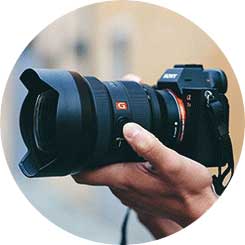
Trade in your old equipment
Fast and easy trade in service ensures your old gear is collected efficiently and you are paid quickly! It's very simple to trade in your unwanted photography gear. Just head over to our dedicated Sell or Part Exchange page, fill out the details, and we'll get back to you with an offer for your old gear. Take the cash, or put it towards the cost of your new gear. It's up to you! Find out more
sign up to the newsletter
Keep up to date on the latest photography news, events and offers. Sign up now
